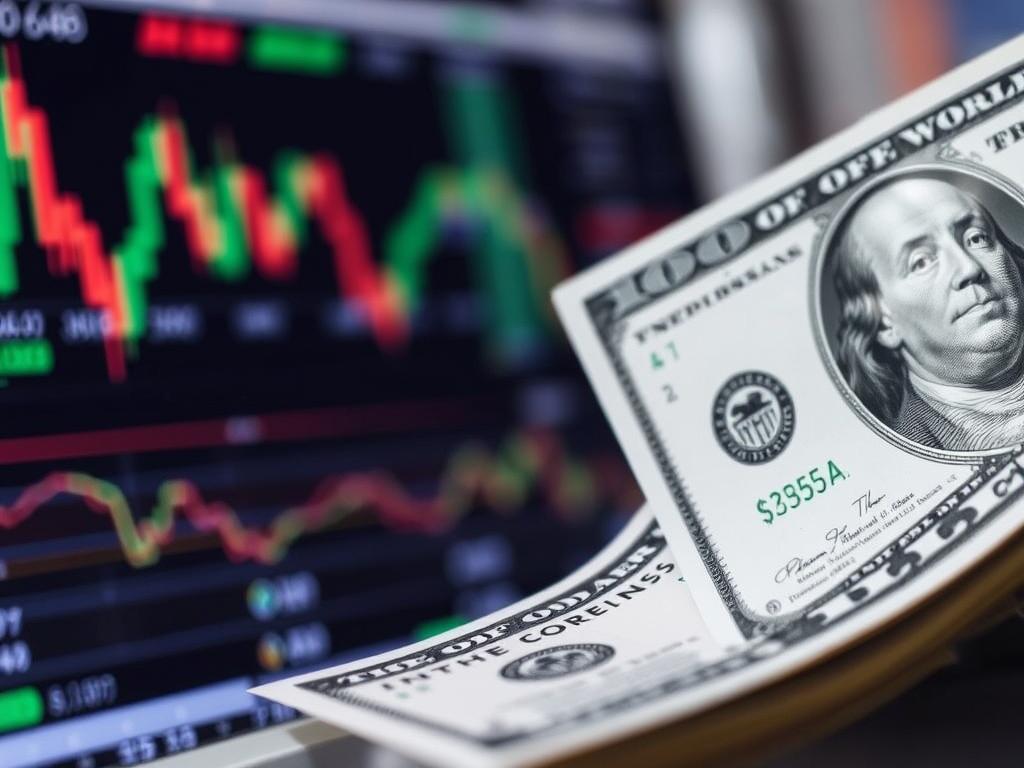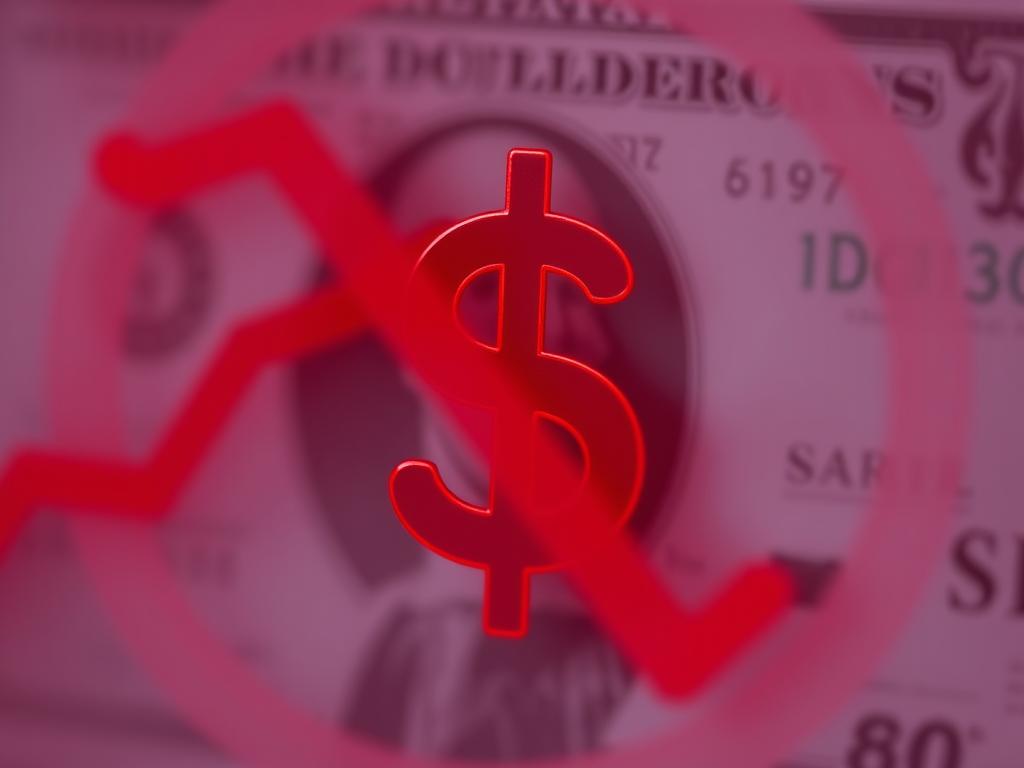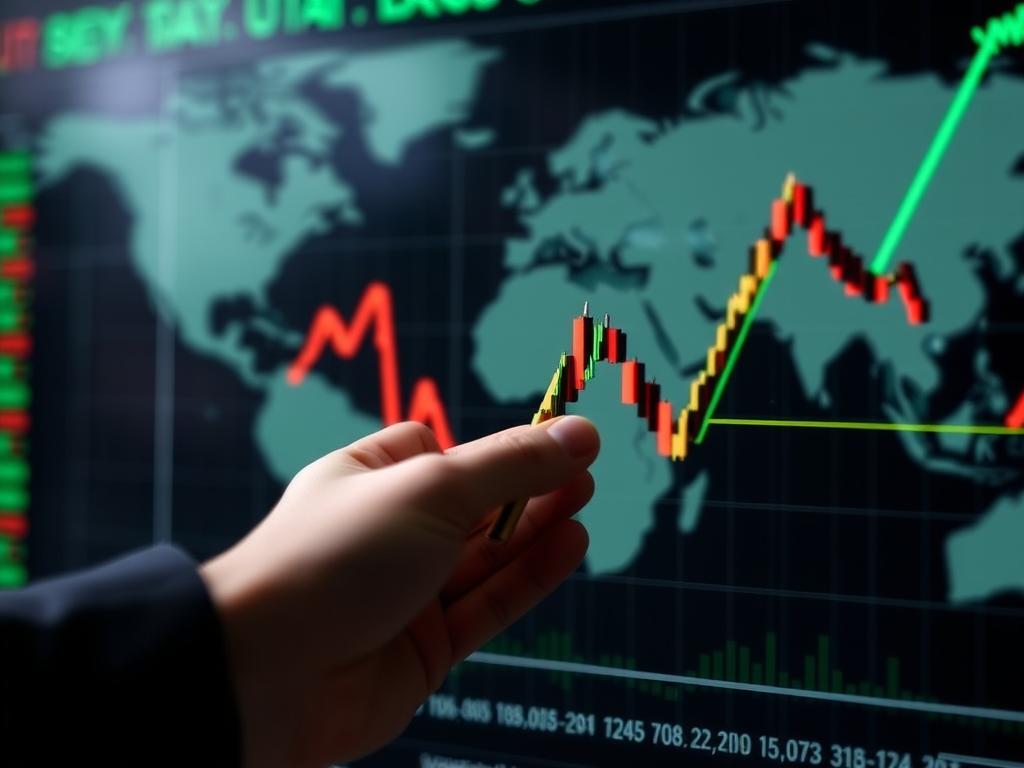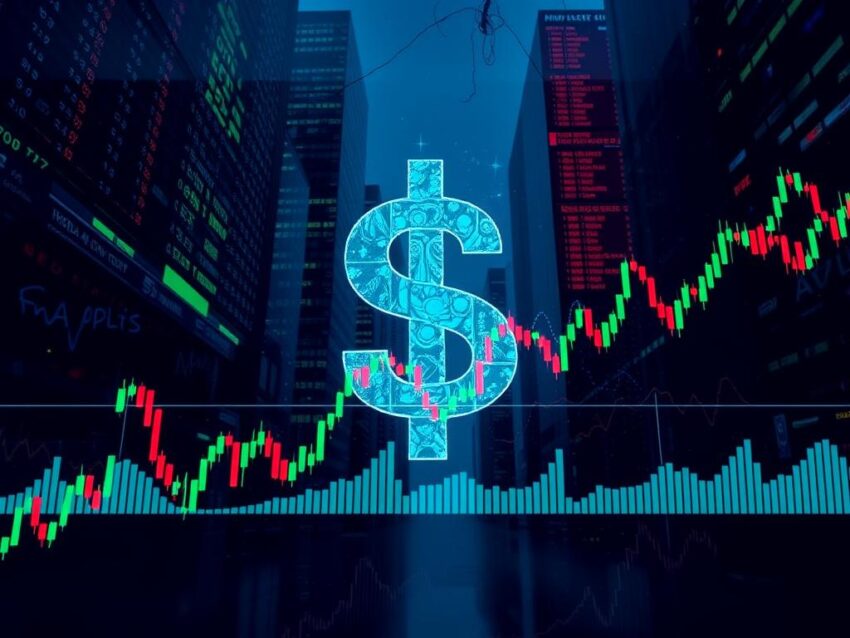Hey there, money maestros! ☕ Grab your coffee, put on your thinking cap, and let’s dive into a crucial but often misunderstood part of the financial world—the Dollar Index. Think of it as the popularity contest for currencies, where the U.S. dollar struts down the runway to see how it measures up against some of its besties: the euro, yen, pound, and more.
What in the Dollar Index is Going On?

So, what exactly is this Dollar Index thing, and why should you care? Well, if you’ve ever felt your blood pressure spike at the thought of fluctuating exchange rates while planning your next vacation, you’re not alone! The Dollar Index, formally known as the DXY, is a measure of the value of the U.S. dollar relative to a basket of foreign currencies. It’s like a basketball score, but instead of points, we’re counting currencies.
Here’s the Breakdown: The Leading Players

- Euro (EUR) – Takes up a hefty chunk of the index at around 57.6%. If the euro is having a bad hair day, you bet the dollar might feel more confident!
- Japanese Yen (JPY) – The reliable sidekick, holding about 13.6% of the index. Think of it as the Yoda to the dollar’s Luke Skywalker.
- Pound Sterling (GBP) – The fancy cousin, contributing around 11.9%. When the pound goes up, the dollar has to adjust its bowtie!
In total, the index measures how the dollar stacks up against six major currencies, giving traders a snapshot of dollar strength. So, whether you’re planning to convert your dollars for sushi or euros, knowing where the index stands can save you some serious cash. 💸
Why It Matters

Now, you might be wondering, “Why should I care about a number that sounds as exciting as watching paint dry?” Well, allow me to enlighten you:
- Trading Opportunities: A rising Dollar Index usually indicates a stronger dollar, making imports cheaper and exports pricier. Traders can make strategic moves!
- Global Impact: Dollar strength affects everything from oil prices to that avocado toast you love. When the dollar is strong, it typically means you’re paying less for goods sourced from abroad.
Takeaways for Traders
So, what can you do with this newfound knowledge? Here’s a quick cheat sheet:
- Keep an Eye on the Index: Monitor fluctuations, especially if you trade forex or commodities. When the Dollar Index kicks into high gear, expect ripples in the market!
- Be Cautious: Remember, a strong dollar isn’t always great for every sector. Companies that rely on exports might not be thrilled!
Wrapping It Up

In the world of trading, understanding the Dollar Index is like knowing your ABCs—it’s fundamental! So, the next time someone mentions the index, you can nod knowingly, sip your coffee, and think about how you’re going to use that knowledge for your next big trade. Remember, whether you’re a seasoned pro or just starting out, every bit of insight helps you stay ahead of the game. 💪
Want to dive deeper into the world of trades and trends? Stay tuned for more fun and informative financial tidbits. Until next time, happy trading!


